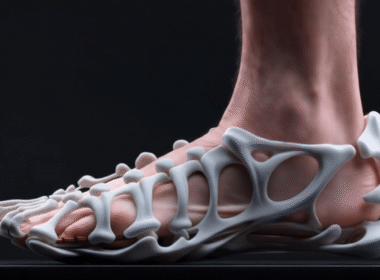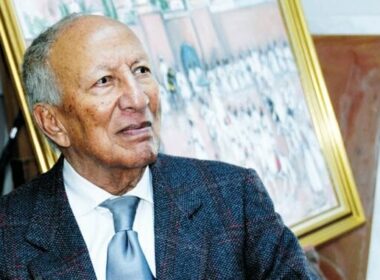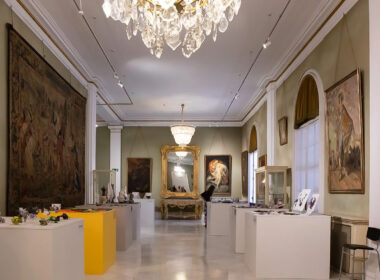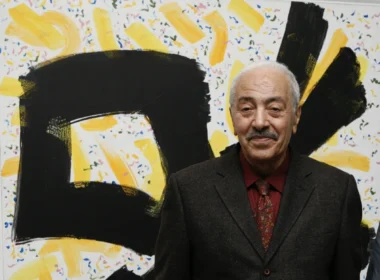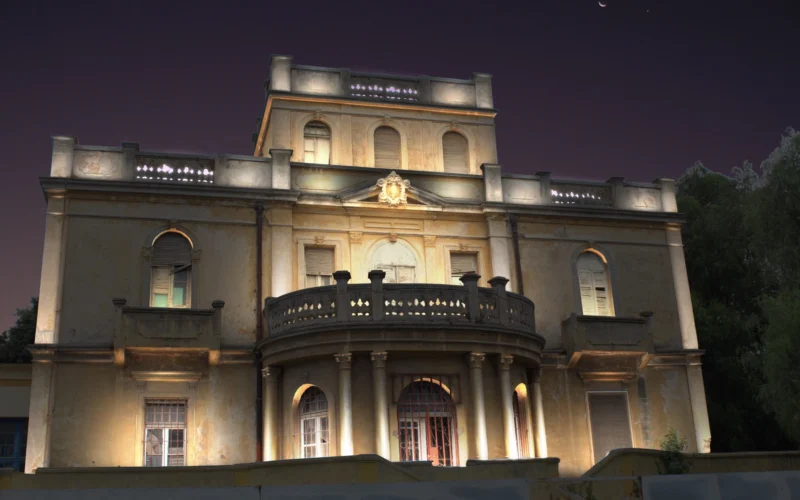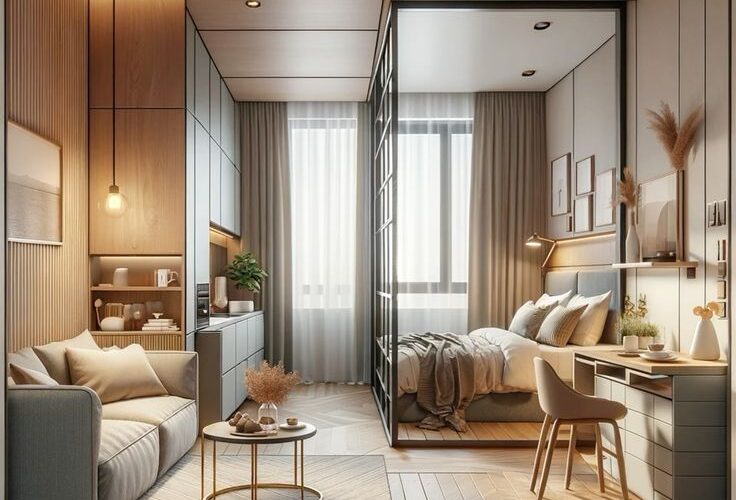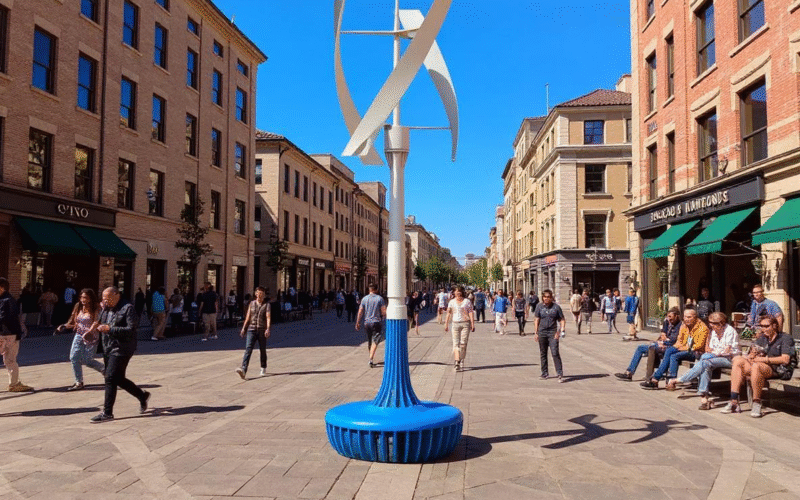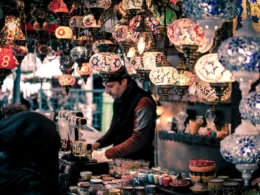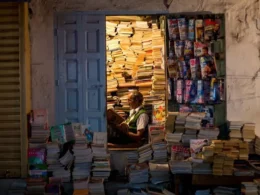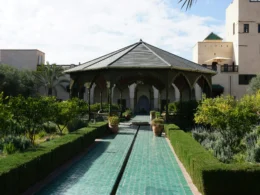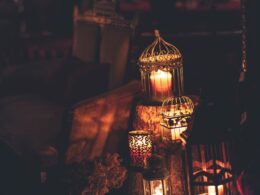Villa Carl Ficke, located on Boulevard de la Résistance in Casablanca, is a true gem of early 20th-century neoclassical architecture. Built in the early 1910s by the self-taught architect Ulysse Tonci, it was once the residence of Carl Ficke, a prominent German businessman of the time.
Table of Contents
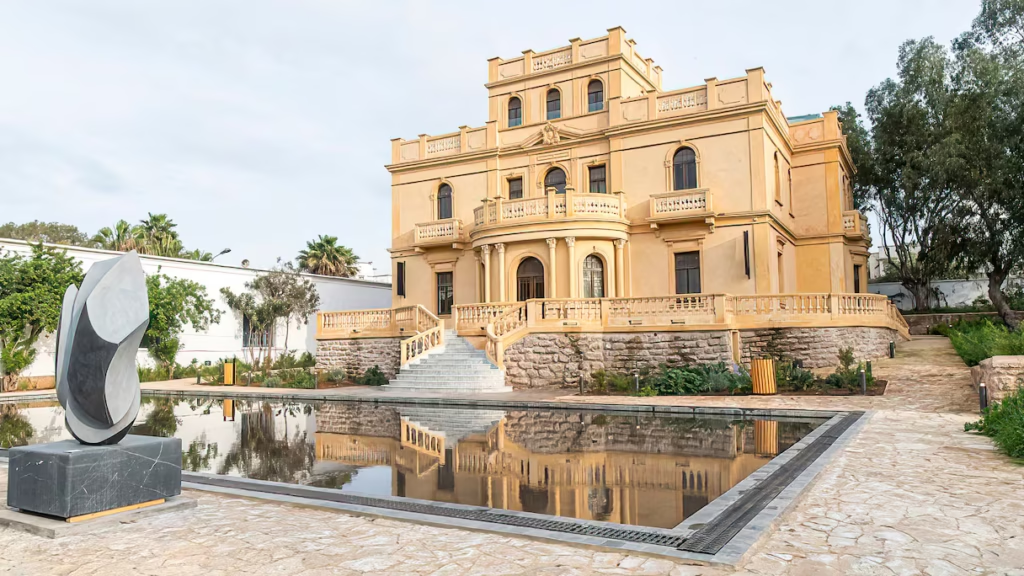
A Villa with a Rich and Varied Past
Over the decades, the villa has served many purposes: from a guest house to a school. Recognising its heritage value, the city of Casablanca has launched an ambitious restoration project to transform Villa Carl Ficke into a museum dedicated to the city’s history. The goal is to preserve its architectural legacy while creating a modern cultural space for the people of Casablanca.
Throughout its history, the villa has witnessed multiple lives: it served as a detention camp during World War I, a refuge for sick children, and later a school for students of Khenata Bent Bekkar Middle School. Today, it is reborn as a vibrant museum, a space open to all, where the past and present meet to tell the story of Casablanca.
An Innovative Partnership in Service of Culture
The inauguration brought together key figures such as Mohamed Mehdi Bensaid, Minister of Youth, Culture, and Communication; Mohamed Mhidia, Wali of the Casablanca-Settat region; Nabila Rmili, President of the Casablanca City Council; and Mehdi Qotbi, President of the National Foundation of Museums (FNM).
This project is the result of a collaboration between the FNM, the Ministry of Youth, Culture, and Communication, the Casablanca Municipality, and the Mers Sultan district, with support from regional authorities.
A Large-Scale Restoration
The works include a complete restoration of the building and the landscaping of its surrounding park. With a budget of 25 million dirhams, the project is funded by the Ministry of the Interior (DGCT). Once renovated, the villa will host four exhibitions per year and aims to welcome nearly 100,000 visitors annually.
A Space for Cultural Exchange and Enrichment
The museum features temporary exhibitions, artistic and cultural events, and an outdoor art trail showcasing artworks on a newly designed esplanade. The first artist to inaugurate the space was Ikram Kabbaj, whose contemporary sculptures create a captivating dialogue between past and present.
The opening of the Museum of Casablanca’s Memory marks a significant milestone in the city’s heritage preservation efforts. This unique venue offers visitors the chance to discover the history and evolution of Casablanca through an immersive and cultural experience.
8 Months Later: A Growing Cultural Landmark
Seven months after its official opening on February 27, 2025, Villa Carl Ficke, now officially known as the Museum of Casablanca’s Memory, continues to flourish as one of the city’s most dynamic cultural spaces. Following the success of Ikram Kabbaj’s inaugural exhibition, which elegantly bridged contemporary art and historical architecture, the museum has hosted new rotating shows drawn from Casablanca’s urban archives, including collections of historical photographs, urban development artefacts, and works from the School of Casablanca.
In April 2025, the museum received an international spotlight during the visit of Henri, Grand Duke of Luxembourg, a symbolic recognition of Casablanca’s growing cultural influence on the global stage. Looking ahead, the museum remains on track to present four major exhibitions each year and attract nearly 100,000 visitors annually, strengthening its role as a living space for memory, creativity, and urban heritage.
A visit to Villa Carl Ficke today promises an inspiring journey through time, a celebration of Casablanca’s evolving identity, where art, architecture, and history come together to honour the spirit of the city.


